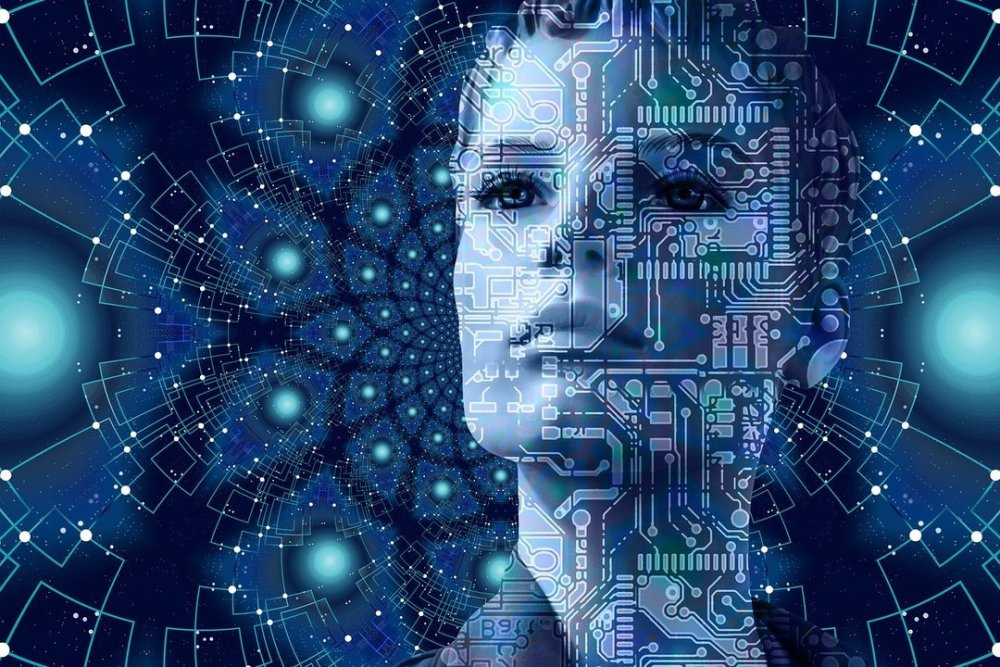In banking, AI is used to detect fraud. Algorithms instantly analyze thousands of transactions and identify anomalies—for example, a purchase in another country a minute after payment in your home city. This allows suspicious transactions to be blocked before the customer suffers losses.
Photos on smartphones are also processed using AI. Cameras recognize faces, optimize exposure, enhance colors, and even remove unwanted people from the background. Apps like Google Photos automatically sort photos by faces, places, and events using computer vision. In healthcare, AI is helping at an early stage: apps for monitoring sleep, heart rate, or stress levels analyze data from wearable devices and provide recommendations. Some services can even predict the risk of diabetes or depression based on behavioral patterns.
However, the widespread adoption of AI raises privacy concerns. Many devices are constantly “listening” or collecting data, even when the user doesn’t expect it. Therefore, it’s important to read privacy policies and maximize privacy settings.
It’s important to understand that most household AI systems are highly specialized. They don’t “think,” but perform specific tasks based on statistical models. Nevertheless, their performance often exceeds human capabilities in narrow areas.
In conclusion, artificial intelligence has already become an invisible yet indispensable assistant in everyday life. It saves time, improves safety, and makes technology more accessible. The key is to use it consciously, understanding both the benefits and risks.
Advertising


